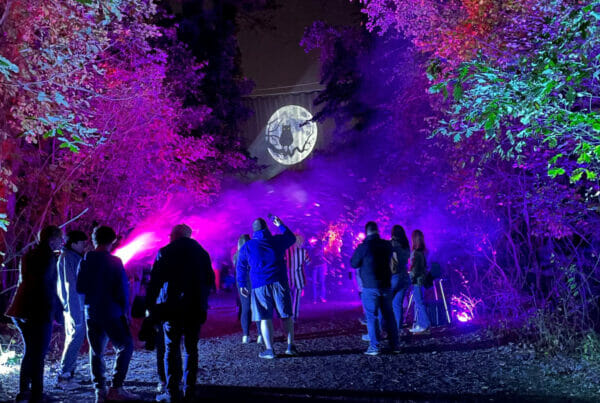For today’s employees, there are countless points of distraction throughout the day. Smartphones, social media, open space offices – they’re all contributing to lower productivity and loss of focus throughout the day. But there’s one hidden contributor that some team leaders might not even think about: delayed meetings. Starting meetings late generally leads to the meeting running longer, which ultimately causes a ripple effect that is felt throughout an organization.
When everyone spends their day trying to make up for lost time, people are instantly feeling ‘behind’ and frazzled, which can cause a perpetual ‘bad mood’ throughout a team. Surprisingly, the blame usually falls on the shoulders of managers or executives when business meetings start late. Nearly 15% percent of an organization’s collective time is spent in meetings, making them an increasingly important part of corporate daily life. But, around 37% of meetings start late by an average of nearly 15 minutes, causing an overwhelming time suck and loss of productivity.
Why do meetings start late?
In order to take a proactive stance against meeting delay and introduce a new standard of productivity in your organization, you must first recognize the ‘why’ behind meetings starting late. In the grand scheme of things, there are multiple reasons meetings start late. Here are a few occurrences to look out for and some ways to prevent them.
Prior meetings ending late
This first reason is also a result of meetings starting late. Meeting delays are a vicious cycle, especially if your team relies on booking meeting rooms and meeting areas in advance. Another reason that can be addressed here is people just hanging out in a conference room after a meeting ends. Make sure your company culture addresses the right (read: polite) way to end a meeting, which is to take chitchat out of the room and let the next meeting come in. The best way to prevent meetings from running over is simply to keep your team on time. When meetings actually start on time, they don’t run over (or at least, they don’t run over as much), which means the next scheduled meeting can start on time.
Poor time management in meetings
This next reason all comes down to management as well. How many times have we all been in meetings where the first five to ten minutes were spent discussing potential topics to discuss in the meeting? It’s all a colossal waste of time for everyone involved, and one of the main reasons meetings have such a bad rep in today’s business culture.
Incredibly, research shows that a meeting that starts just five minutes late can cost a company 8 percent of that meeting. Instead of spending precious meeting minutes planning out what you’re going to discuss, managers can spend a few minutes beforehand jotting down an agenda. Sending talking points out to the team beforehand can help get your entire team thinking about what they want to discuss and can ensure the meeting doesn’t run over into someone else’s time slot.
These strategies also lead to more productive meetings in the same amount of time.
People simply coming in late to meetings
Even if meeting invitations are sent out, meeting notes follow, and a calendar alert serves as a reminder, it’s still possible to have latecomers. It’s a basic element of being human: if you ask someone to do something, you’re basically asking them not to. Tardiness is not only rude to fellow meeting participants, but it can also detrimentally impact effectiveness and team morale. Twenty-five percent of employees say they’re frustrated when a colleague is 10 minutes late to a meeting, and around 14% of them lose concentration. Make sure that punctuality and timeliness are avidly discussed with your team members in a clear way. Encourage people to arrive before the start time. You may have to work on time management strategies with frequently late people. Don’t wait, start meetings when they’re supposed to start.
Technology not on time with meeting
This last one is probably one of the most dreaded scenarios for any person who has ever worked with a team. Typically accompanied by the words ‘technical difficulty’, technological problems can cause serious productivity issues for all involved. Whether it’s problems loading slides, a finicky dial-in, poor screen-share quality, or a down communication system, technical difficulties are no laughing matter. In-person attendees can become distracted and remote attendees can simply not know what’s going on.
The best way to prevent the dreaded meeting downtime is by ensuring you have a best-in-class service provider and support system in place. Today’s businesses must be able to move at a rapid pace, and wasting precious meeting minutes on connecting to a collaboration solution just won’t cut it.
If your team is suffering from delayed meeting-induced productivity issues, it’s time to review your internal processes. Work with other department heads to assess your internal culture around meeting etiquette and work with a best-in-class corporate communication service provider to ensure technical difficulties are a thing of the past.












